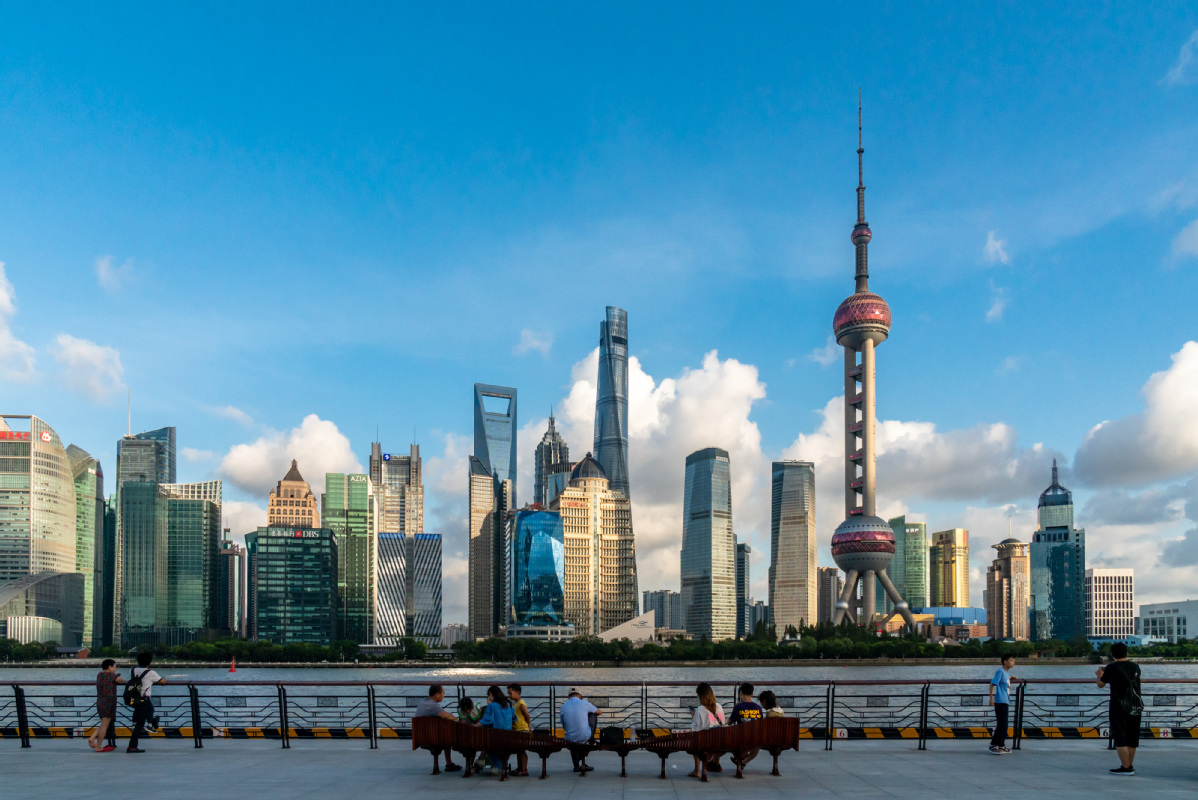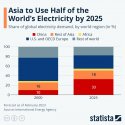As I posted here, I did not realize that China was looking to start a Uranium trading hub in Xinjiang
instability in the ME is partly due to the divide-and-rule policy of the US-led Western powers taking advantage and exploitation of the deep-rooted hostility between the Sunnis and Shiites and arbitrarily drawn post-colonial national borders. Stability can be encouraged by bilateral talks and...
www.sinodefenceforum.com
This is described here and it makes a lot of sense
Right now there are three markets for uranium trading in the world — one in France, one in the US and one in Canada. And all the uranium price indices are based on the deals done at these three converters. From the Chinese or Asian perspective, this is sort of unfair because we import a huge amount of material through physical delivery. But the price is determined by the smaller volumes traded in the West, which affects the big-volume physical deliveries in the Eastern world.
The global annual demand for uranium from nuclear utilities is around 60,000 tons to 65,000 tons. China consumes 12,000 tons. But we don't have too much influence on the price. That's not fair. In the future China is growing its nuclear power generation capacity, so our uranium demand is getting higher and our uranium demand as a proportion of global consumption is going to be higher too.
This seems obvious that has nuclear power and Uranium gain prominence, China will become the largest consumer of Uranium. From that, it will want to control its own trading and carry it out in RMB. Not so different from its goal of having more foreign players in SHPGX and Shanghai International energy exchange.
when we plan to launch a Chinese uranium price index, I suppose maybe sometime between 2025 to 2030. It will take time. This is not something you can achieve by rushing. We will do it slowly.
The Alashankou Natural Uranium Bonded Warehouse on China's eastern border with Kazakhstan has received its first delivery of natural uranium for storage. The warehouse, which is being constructed in three phases, aspires to become a major uranium trading hub in the coming years. Phase I, capable of holding up to 3,000 tU (7.8 million pounds U3O8) has been successfully completed at the end of 2021, and construction of Phase II with an additional capacity of 10,000 tU (26 million pounds U3O8) is currently underway.
13000 ton is more than 25% of 2021 total production. And if this reaches 23000 ton, it would be most of Kazakhstan's production and be something China can re-export. It would be more than Kazakhstan's production in 2021 & close to 50% of total production that year.
Right now we don't want to be too aggressive. If we build the total of 23,000 tons capacity in one go and then find that there's not too much uranium volume [coming in], that would be messy. So that's the reason for doing it phase by phase.
That's a huge facility capable of handling a lot of trading and be the largest uranium market in the world.
Keep in mind CNNC already controls production & import from the 3rd largest Uranium producer in the world, Namibia.
Basically China now imports uranium from Kazakhstan, from Uzbekistan and from Namibia. And from Namibia it is our own production.
So, this I think is a major opportunity to CNNC and China's nuclear industry and financial industry as a whole. Especially for a resource that will increasingly be important in the path to decarbonize.


